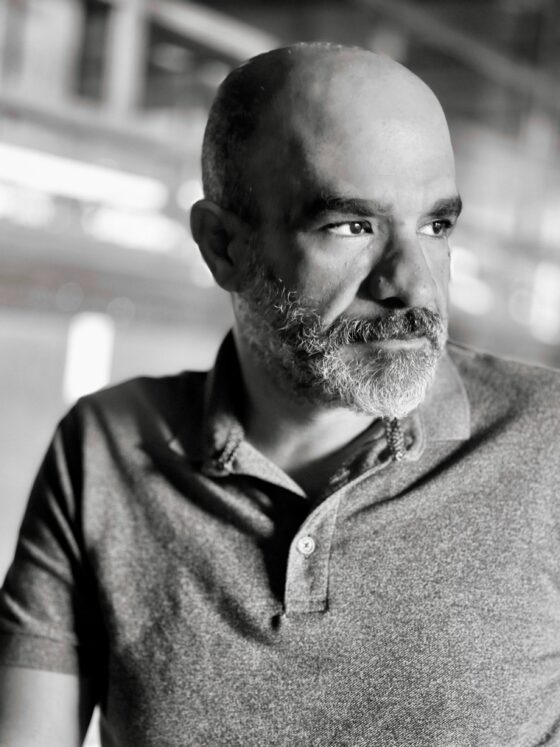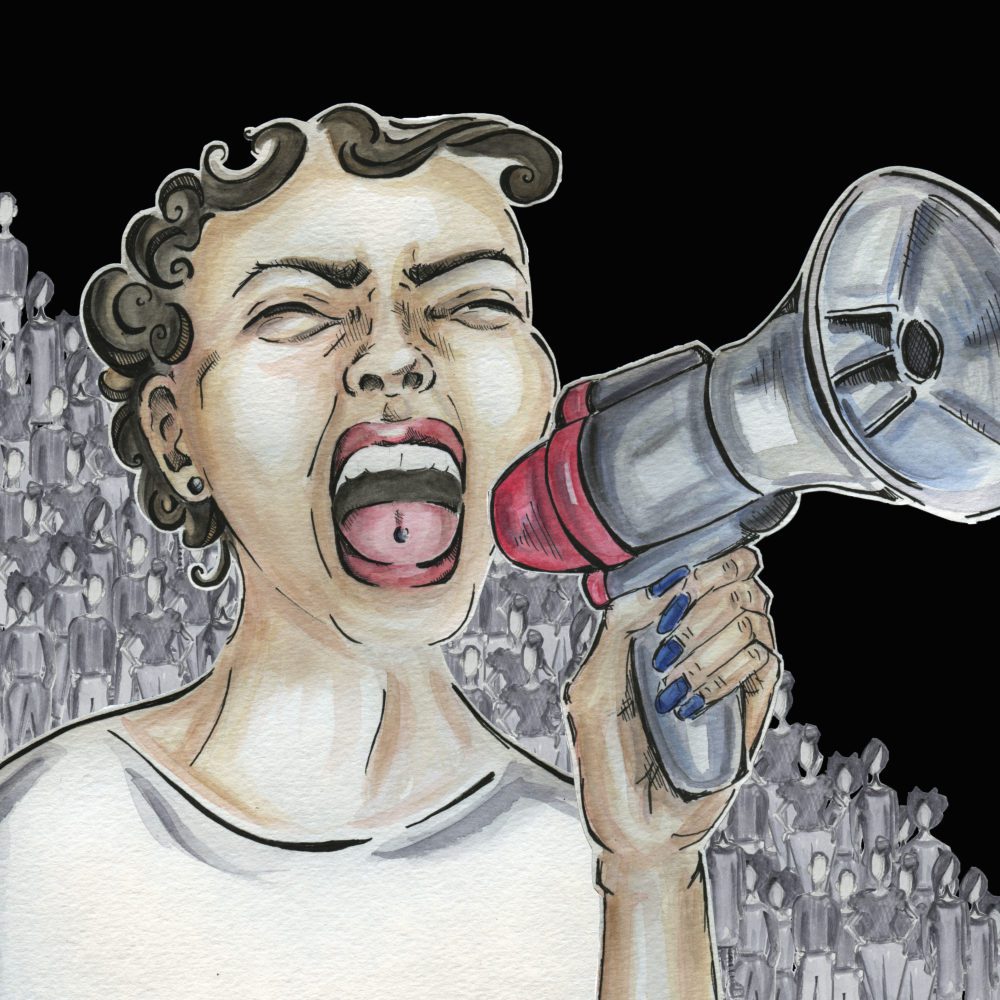The oil-drenched marine life preparing to testify on Barry Blitt’s June 7 New Yorker cover did not make me smile in the slightest. (I doubt humor, even the dark kind, was Blitt’s core intent.) It’s an effectively painful riff on the slow-motion horror story continuing to seep from the Gulf region. Like so many others over the last few weeks, I’ve been unable to look away from the gush of media coverage on BP’s oil spill calamity; what follows below is a roundup of things I’ve found to be the most illuminating or compelling along the way. As I suggested a week ago, I think this disaster — which will go from terrible to far worse before it’s over — will likely be a paradigm-changing event, one that will force a fundamental shift in U.S. energy policy. That is if, god willing, U.S. leaders and a great many of the people who elect them realize that such a shift must be the necessary outcome of this god-awful historic event.
***
Blitt’s characters say it one way; these terribly vivid, awfully real pictures of moribund wildlife, from the AP’s Charlie Riedel, say it all.
ABC reported yesterday that, not long after the disaster began, BP and the Feds conspired to withhold footage indicating a much more massive oil spill than initially conveyed to the public.
There have been multiple reports this week that BP has tried to prevent the media from documenting animal deaths in the Gulf region.
The NOAA has been tracking the scope and movement of the devastation, including views of the spill from space. It’s huge.
The astonishingly tone-deaf CEO of BP, Tony Hayward, used Facebook to issue an apology, as if BP’s tapping into social media gives it or its inept leader any prayer of scrubbing clean their blackened names.
A guy who does damage control for Blackwater (since whitewashed as “Xe Services”) offered some “advice” to BP about dealing with a public relations disaster: “There are times when you have to man up and take your lumps, and this seems to be one of those times.”
Susan D. Shaw, a marine toxicologist, suited up in some protective gear and swam directly into the spill. “What I witnessed,” she later wrote, “was a surreal, sickening scene beyond anything I could have imagined.”
MoJo’s industrious Mac McClelland has been reporting from the front lines and continues tweeting about it here.
Some imaginative work by “DIY mappers” has helped document the spreading fallout and build an independent data set of oil spill imagery.
And if the reality of this nightmare hasn’t yet sunk in… Boston.com’s “The Big Picture” has plenty of additional heartbreaking images.
UPDATE 6/5/10: Although for obvious reasons they’re unhappy about it, members of Wyoming’s Casper Petroleum Club recognize that the energy paradigm shift is coming.
The fallout has reached Florida, darkening the mood in the Tampa Tribune: “Forget ‘drill baby drill’ and realize it’s time we start shifting our fuel needs to safer alternatives. … This sickening slick will do more damage than we can imagine. It’ll affect us in ways we can’t consider. But the images now are burning deep in people’s minds. It’s going to be a long summer.”
UPDATE 6/6/10: Ian Urbina pulls together documentation and testimonials in the Sunday Times showing that nobody in the private sector was effectively in charge of BP’s Deepwater Horizon rig, either before the disaster or in its aftermath. The federal government also failed: “a hodgepodge of oversight agencies granted exceptions to rules, allowed risks to accumulate and made a disaster more likely on the rig, particularly with a mix of different companies operating on the Deepwater whose interests were not always in sync.” It appears nobody took the prospect of a blowout seriously: “The rig’s ‘spill response plan,’ provided to The Times, includes a Web link for a contractor that goes to an Asian shopping Web site and also mentions the importance of protecting walruses, seals and sea lions, none of which inhabit the area of drilling. The agency approved the plan.”




